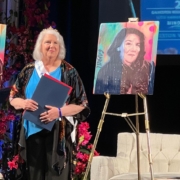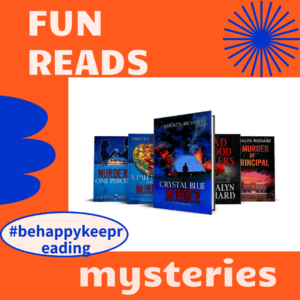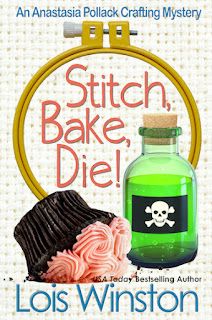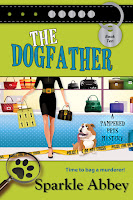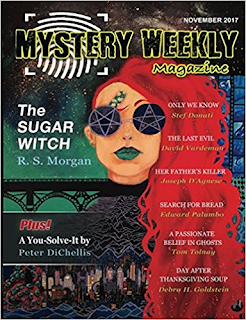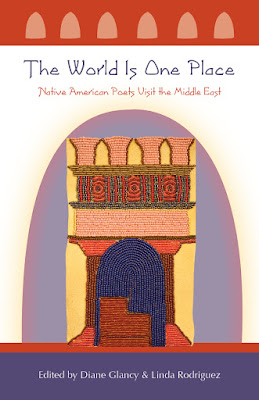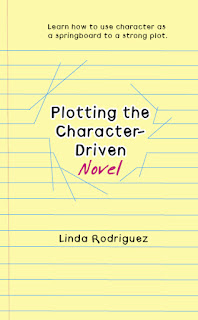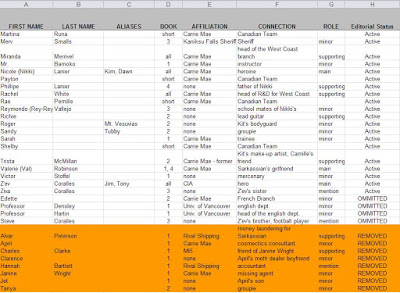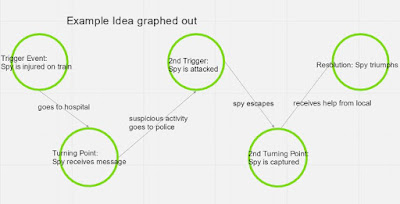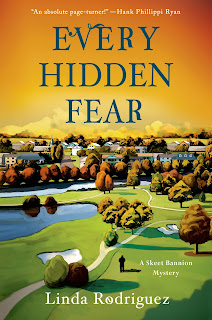Dear Reader,
This is the story that I want to write and read. Something no one else can write. Only I can tell this story. It is my story about two talented Chicanas from Pueblo, Colorado who solve crimes and mysteries and run Emma’s Recovery House for women and children. L.A. and Eva Mondragón Private Investigators and social activists in Denver, Colorado honoring their mother by helping the unfortunate. There but for the grace of God, go I.
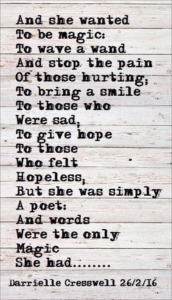

Summertime and living is easy. The tide has finally rolled out and we are beginning to enjoy the peace, quiet, and solitude of retirement and our golden years.
I’ve been working since I was twelve years old. My first job, babysitting, taught me how to take care of a baby, my nephew.
My second job, I was fifteen and pregnant, taught me how to clean and scrub toilets at the beauty shop owned by the only Latina beautician in town, Dee. She gave me my first office cleaning job.
Eventually, I gained employment scrubbing the toilets of the local doctors, lawyers, judges, and politicians. Their houses never seemed dirty to me, but I dusted, swept, vacuumed, mopped, and cleaned windows and bathrooms.
My mother cleaned houses, but she also ironed and washed the clothes of her employers and they gave my mom their children’s hand-me-downs and toys. Even though we were poor, we dressed nice and had great toys, bikes, sleds, skateboards, Suzy Easy Bake Oven…
The rich loved my mom’s cooking. She made the best tamales in the county. They gave her their children’s possessions as they outgrew them. We in turn gave our clothes and toys to the white family down the block because they were even poorer than we were in our family.
Mom and Dad taught us never to make fun of those poor white kids who wore our hand-me-downs. Our parents taught us respect, morals, ethics, honesty, kindness, and generosity, and gave us unconditional love. (Don’t know how I turned out semi-normal).
I worked through the summer of 1972 and by the fall, my friends had returned to high school sophomore year. I left my small hometown in Southern Colorado and moved to San Francisco, California.
The culture shock was minimal but the homesickness was maximum. I missed my family and my friends but not my hometown. I was thrilled to be living in the Bay area and enjoyed my fifteenth birthday, my boyfriend, and my baby boy. I had no clue what I was doing.
My California romance ended, and I returned to Colorado and my parents. I returned to my hometown high school and found my next job at the communication monopoly known then as Mountain Bell.
At sixteen I was the first person of color in my hometown to work at a major corporation like Mt. Bell as a telephone operator. Thanks to the Equal Employment Opportunity Act and Family Planning I was able to rent an apartment, buy a car, and support myself and my son and get healthcare for us. Mt. Bell also hired the first male telephone operator in the county. He happened to be gay but was closeted in our small, town of 99.99% Caucasian in 1973.
I celebrated my eighteenth birthday in the ICU in the hospital in my hometown after nearly bleeding to death in the ER restroom. I had an ectopic pregnancy that burst when I was packing to move to Denver. I lost my left ovary and fallopian tube and lived to tell the story.
I transferred to Denver and left my hometown. I was a customer service representative for Mt. Bell in their downtown Denver high-rise. I met people from all walks of life and became part of a diverse community. I loved living in Denver. I transferred several times to better-paying jobs and climbed the corporate ladder. I learned job skills and networked with coworkers from around the country.
I never gave up on my dream of graduating from college. I made my goal of a degree in English and Creative Writing a priority in my life. Eventually, I earned several degrees and my teaching certificate.
When my Dad died, I returned to my hometown to be near my mother in her golden years. I was hired by the school district and taught in the same building I had attended in my freshman year of high school.
I had come full circle, but I wasn’t satisfied. I wanted to push myself. I challenged myself to write and get published. The year I graduated, Conundrum Press published my first book of poetry, Crazy Chicana in Catholic City, a year later my second book of poetry, Red Canyon Falling on Churches, was published.
I graduated with honors from CSU Pueblo in 2008 at 50 years old, published two poetry books and a chapbook, The Road I Ride Bleeds, and decided to challenge myself to write my first novel.
I’ve always loved the mystery genre. I naturally chose to write a love story mystery. I don’t want to write a good novel. I want to write a great novel. I joined several national writing groups and networked with writers, editors, journalists, and publishers. I read books on writing by the masters: Stephen King, Ernest Hemmingway, Linda Rodriquez, etc.
I set my self-imposed deadline of July 15, 2023, to finish revising my m.s. I’ve been writing this novel off and on for five years. Stopping when life gets too crazy and starting again when I figure out how to survive the global pandemic, my son’s drug addiction, his heart attack, his stroke, his brain damage, and his death at fifty.
In December of 2022, my husband and I both had covid and weeks of illness. Then came the death threat to my husband by my nephew and the subpoena to testify against him in court.
One day I shook off all of the pain and grief and went back to work on my novel and worked harder than I ever had before. I realized with my son’s death at only fifty years of age that I could die at any minute from anything and needed to complete my book, publish my book, and then I could die, but not until then. I added to my bucket list: publish a great mystery love story and spread my message of diversity, inclusivity, peace, love, and understanding and do it with a sense of humor and dun dun dun, mystery.
Today I’m chilling. I’m waiting for feedback from my editor and her critique for revisions and submitting my novel. I truly have hopes of submitting to all the Latinx/Chicanx publishers. There are few but they do exist, and I want to start with them first. It also is important to me to submit with an LGBTQ publisher because many of my characters are lesbian, gay, transgender, bisexual, and queer and have important messages to teach about being marginalized.
Many of the women characters in my novel living at Emma’s Recovery House are recovering drug addicts, alcoholics, inmates, human trafficking victims, runaways, abused, confused, and used women looking for a new life, a new start, a fresh chance to survive in a world gone crazy. They have been judged, mistreated, abandoned, beaten, and ignored as worthy human beings with something to contribute to society. I want to tell their stories of wicked warrior women with survivor attitudes and joyful spirits.





